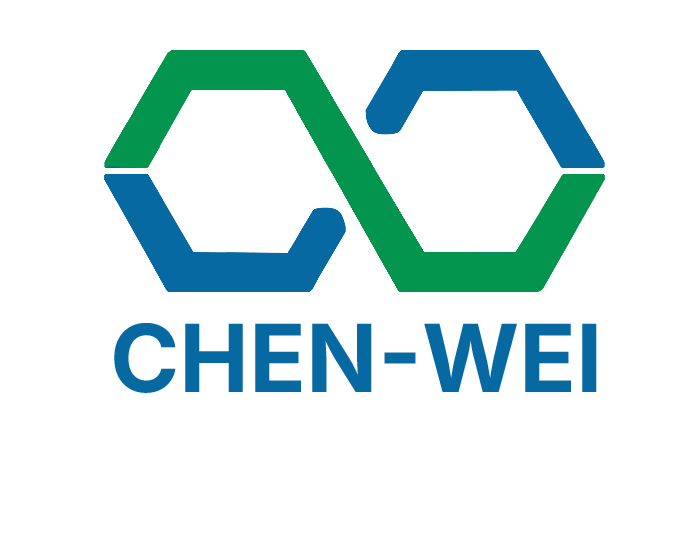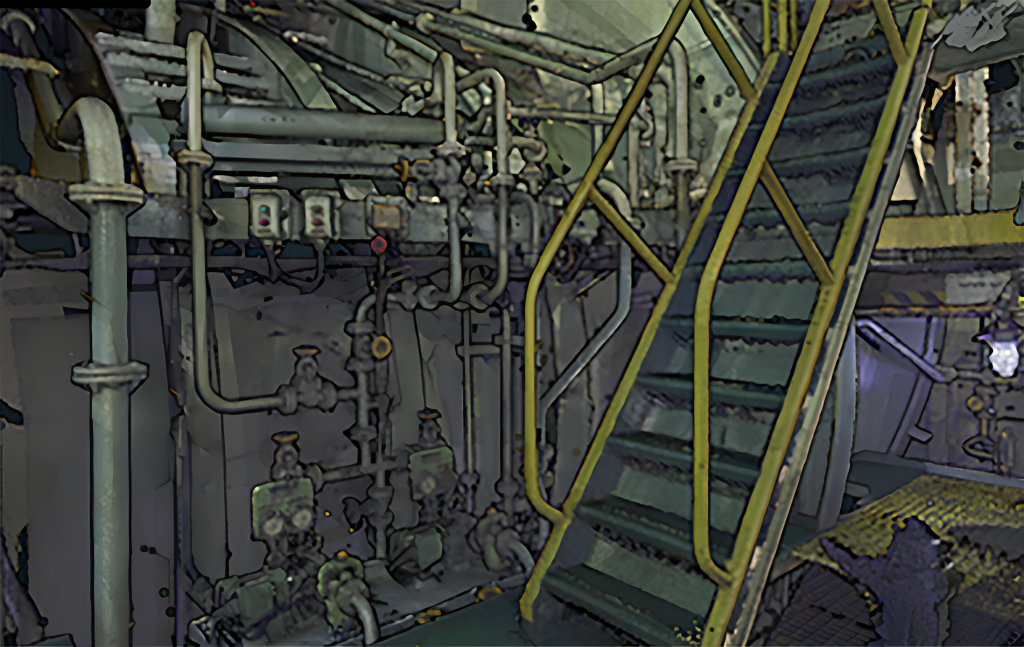逆向建模效益比較篇:與傳統丈量的差異與ROI分析
傳統人工丈量靠捲尺、手工紀錄,容易誤差、耗時冗長。
逆向建模則透過 3D雷射掃描 + 點雲建模,快速生成毫米級精度的 3D 模型。
兩者效益差異,就像「手繪地圖」對比「Google Maps」。
Traditional surveying relies on tape measures and manual records, leading to errors and delays.
Reverse engineering, powered by 3D laser scanning + point cloud modeling, produces millimeter-accurate 3D models in record time.
The difference is like comparing a “hand-drawn map” to “Google Maps.”
📊 效益差異對照表 | Benefit Comparison Table
| 項目 (Aspect) | 傳統丈量 (Traditional Surveying) | 逆向建模 (Reverse Engineering) |
|---|---|---|
| 精度 (Accuracy) | 誤差 ±20–50mm | 毫米級精度 < 3mm |
| 效率 (Efficiency) | 人工作業,需數週以上 | 掃描+建模,縮短 30–50% 工期 |
| 成本 (Cost) | 初期低,但返工率高 | 初期投資高,長期成本降低 20–30% |
| 數據完整性 (Data Integrity) | 無完整數位資料,僅手工紀錄 | 生成可持續使用的 3D 模型與 BIM |
| 應用延伸 (Applications) | 侷限於丈量數據 | 可整合 BIM、數位雙生、AR/VR 應用 |
💡 數據化 ROI 分析 | ROI with Reverse Engineering
⏱ 設計週期縮短 40%(工廠改造、船舶改裝案例平均數據)
📏 返工率降低 25%(避免管線碰撞與結構衝突)
💰 材料浪費減少 20–30%(精準建模後的材料規劃更高效)
📊 數位資產長期可用(BIM + 數位雙生整合後,支援維護、改造、擴建)
🔑 結語 | Conclusion
逆向建模並不只是「更快的丈量方式」,而是一種 數據驅動的工程解決方案。它讓改造設計不再依靠猜測,而是基於精準數據,達成 更快、更準、更省 的成果。
Reverse engineering is not just a “faster way to survey”—it’s a data-driven engineering solution. It shifts renovation design from guesswork to precision, delivering outcomes that are faster, more accurate, and cost-effective.

